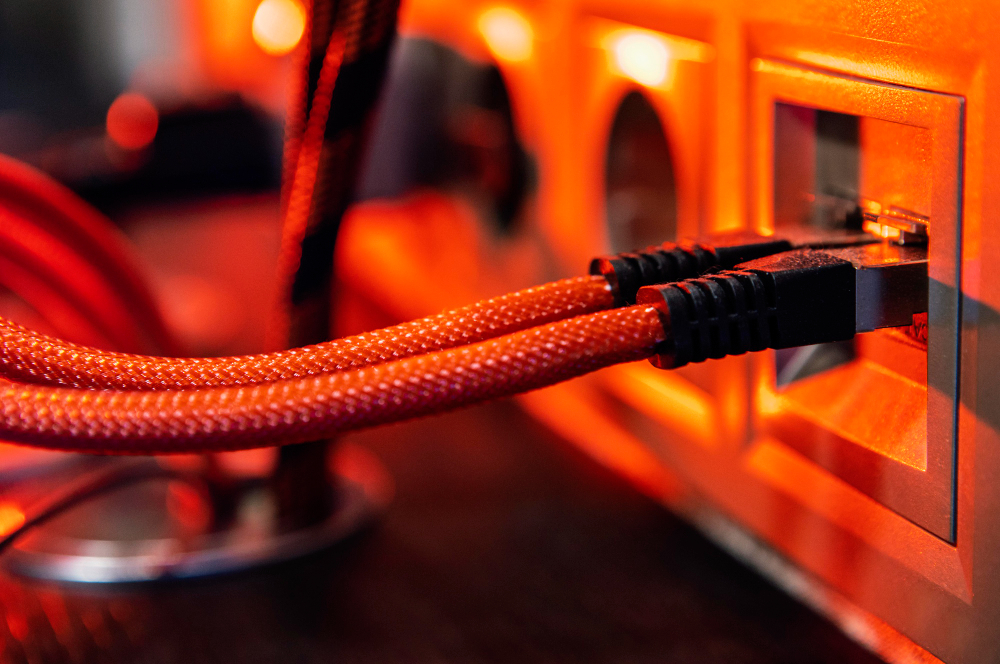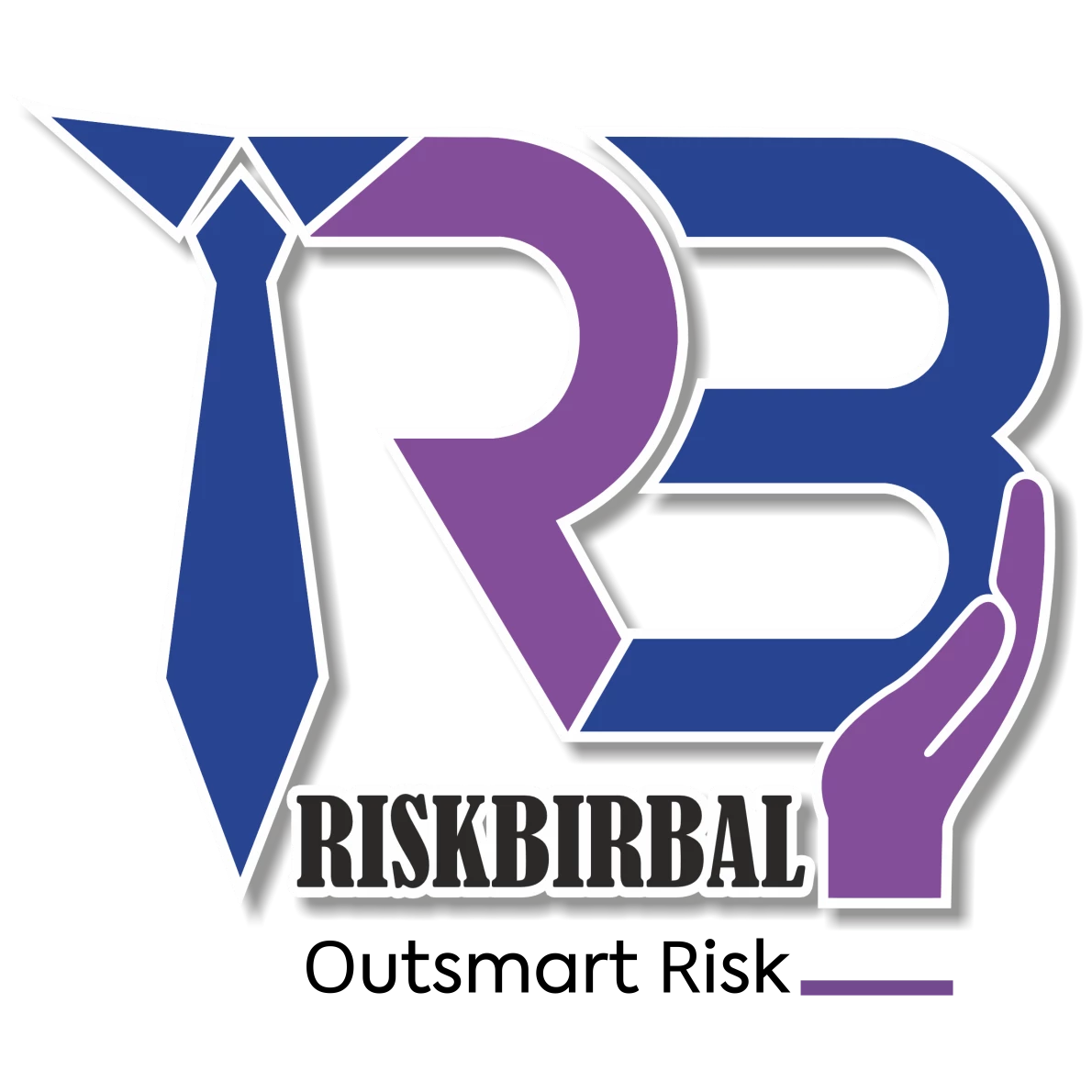January 17, 2024
Risk of fire in Data Centers

Introduction:
Risk of fire in Data centers: In the digital age, where data is the lifeblood of businesses, data centers, and garçon apartments stand as the guardians of information. This composition explores the vital part these installations play, the urgency of guarding them, and the sophisticated measures that can be employed to ensure their adaptability against the trouble of fire.
Data Center:
A centralized installation equipped with waiters, networking gear, and storehouse systems for processing, storing, and managing large quantities of digital data. Data centers vary in size and complexity, ensuring high vacuity and security.
Fire Risk in Data Centers:
Fires in data center’s chance within purpose-erected structures accoutred with power and cooling systems, designed for casing computer waiters and network equipment. These incidents are caused by colorful factors, including electrical failures, overheating of lithium-ion batteries, inadequate conservation practices, and mortal crimes. The implicit consequences extend beyond equipment damage, encompassing data loss, functional dislocations, and heightened security Risks, pressing the critical need for robust fire prevention measures and comprehensive risk operation protocols in these technical surroundings.
Fire is a significant risk in data centers due to the high attention of electrical equipment. These are some of the main fire Risks and prevention measures associated with data centers.
In October 2023, a major fire erupted at Khawaja Tower on Bir Uttam AK Khandaker Road in Dhaka, Bangladesh’s Mohakhali neighbourhood. The blaze, lasting over 15 hours, began on the 12th and 13th bottoms of the 14-story palace. NRB Telecom and Dhaka Colo operated pivotal data centers within the structure, linking to colorful internet gateways and exchanges. These installations were vital, feeding to multitudinous internet service providers (ISPs).
Causes of Fire in data centers:
- Electrical failures are the most common cause of data center fires. These failures can stem from overloaded circuits, cooking equipment, or imperfect wiring, each able to generate sufficient heat to enkindle a fire when in propinquity to combustive materials.
- Lithium-ion batteries, employed for provisory power in data center uninterruptible power force (UPS) systems, can pose a significant fire risk due to their high energy viscosity.
- Inadequate Maintenance: Failing to regularly clean and maintain crucial factors like waiters, power inventories, and cooling systems can lead to overheating and posterior fire incidents in data centers.
- Faulty Equipment: Manufacturing blights or wear and tear in waiters, networking bias, or power distribution units can lead to malfunctions and fires.
- External Factors: Natural disasters, like earthquakes or cataracts, and external events, similar to wildfire can pose fresh fire risks.
Impact of fire in data centers:
Functional failure: Functional failure stemming from data center fires goes beyond the apparent physical damage, challenging significant time-out for restoration sweats. This time-out, pivotal for establishing functional stability, can lead to service interruptions, delayed business functions, and fiscal losses for the affected association.
Data Loss: Fires can induce irrecoverable detriment to waiters, posing significant trouble to critical data, such as banking deals, health records, and intellectual property, potentially resulting in disastrous losses.
Financial Setbacks: Beyond the cost of replacing the damaged equipment, the data establishment may face fiscal losses due to halted operations, and the need for expansive recovery sweats.
Continued Deterioration: Indeed, after the fire is put out, the bank deposits a residue on all shells of the data center equipment, driving ongoing responses with airborne humidity and leading to erosion. originally manifesting as insulated faults within days, these issues can escalate into more significant problems over time.
Prevention/ Mitigation Method:
Early detection:
- Use VESDA (veritably early bank discovery equipment) systems, which is a largely sensitive bank discovery system designed to give early warning of implicit fires in colorful surroundings, including data centers.
- VESDA systems continuously draw air samples from the defended area through a network of pipes. The air is anatomized for the presence of bank patches.
- VESDA systems use ray-grounded technology to describe bank patches in the air. The system can identify patches at veritably low attention, allowing for early discovery.
- Use fire and heat detectors to identify abnormal temperature increases, furnishing early warnings before a factual fire occurs.
- Conduct routine examinations of all equipment, wiring, and electrical connections. Identify and address any signs of wear and tear, damage, or implicit fire hazards instantly.
Fire Suppression System:
Different fire repression systems are chosen for data centers grounded on several factors, including the type of equipment, implicit impact on sensitive electronics, environmental considerations, and nonsupervisory compliance.
1) Clean Agent Systems (FM- 200, Novec 1230): These agents are chosen for their capability to suppress fires without leaving residue, clean agent systems act snappily to suppress fires, minimizing the eventuality of damage to waiters and other critical structures.
2) Waterless Fire Suppression (Pre-action, Dry Pipe Systems): These systems are designed to cover data centers and other surroundings where the water-sensitive electronic equipment is current.
3) Foam Systems (High- Expansion Froth, Low- -Expansion Froth): High-expansion froth robes separate the dears from the energy source, controlling the fire.
4) High-pressure water mist systems: High-pressure water mist systems are named for data centers to suppress fires effectively and control post-fire bank damage. The fine mist captures and neutralizes bank patches, precluding ongoing damage.
Daily Inspection:
- Check power distribution units, lines, and wiring for signs of wear and tear, damage, or overheating.
- Regularly test and check fire repression systems, including clean agents or inert gas systems.
- Inspect the positioning of sensors to cover critical areas effectively.
- Infrared cameras are used to identify hotspots or abnormal temperature patterns in electrical systems and equipment.
- Monthly/Yearly inspections and a more thorough periodic examination of the fire repression system.
- Create Record-keeping systems for maintaining examination schedules and findings like rosters or phone apps.
Riskbirbal Support
- Riskbirbal Insurance Brokers play a pivotal part in managing the fiscal Risks associated with fire incidents.
- They help in relating risk-prone areas or hazards and help you in mollifying them. Also, they can help in transferring the risk using insurance policies.
- They can schedule inspections and also can check fire discovery or suppression systems to check their working condition.
- Riskbirbal’s product RiskMantra can help in scheduling inspection plans, and others.
